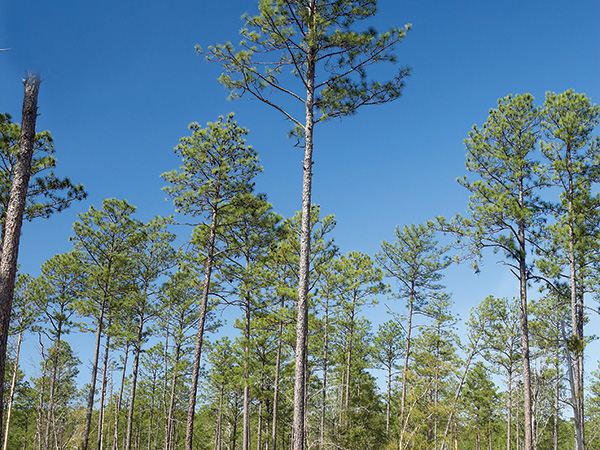
Have you bought lumber lately? Then you’ve likely encountered some sticker shock. This past spring, the National Association of Home Builders (NAHB) cited a 300 percent increase in lumber prices since April 2020.
These days, woodworkers and builders are posting memes offering to trade 2x4s for late-model Corvettes or, as Clint Miller, a sales representative for Automated Building Components in Chetek, Wisconsin, said, “I could take my wife out for a steak dinner with four 2x4s, 8 feet long … that’s 50 bucks. A year ago, they would have been $10 or $15.”
So, what’s up? Well, you may recall a worldwide pandemic that began in 2020. Lockdowns that spring meant people stayed home, and businesses — including those in the building and lumber industry — shut down for a while. Then, while many people sheltered at home, they decided to remodel. That’s the demand.
What about supply? The short answer is: there hasn’t been enough of it. Lumber mill shutdowns due to COVID-19 were a factor, according to the NAHB. Plus, there isn’t enough domestic supply. The National Lumber and Building Material Dealers Association’s (NLBMDA) 2021 National Policy Agenda states that “as much as one-third of the framing lumber used in the U.S. comes from Canada each year.” And the U.S. charges tariffs on Canadian lumber.
Organizations such as NAHB and NLBMDA have been lobbying for reductions in tariffs. They’d also like to expand the domestic lumber supply through such methods as increasing logging from U.S. federal forests — through responsible management and in an environmentally sustainable manner, they’re careful to note in their advocacy documents.
Some other factors:
• Domestic producers are selling their lumber abroad.
• The 2008 economic downturn closed many sawmills.
• Remaining mills have limited kiln capacity and face labor shortages.
When Will This End?
What’s the solution? It seems we’ll have to wait it out. Until when? That answer is tougher to predict.
Clint Miller, whose company works with roof and floor trusses as well as other engineered wood products, thinks that we’re facing a “rubber band economy,” which will contract, then spring back with elasticity before leveling out at a certain point. For now, though, “Everything is such a mess that it’s going to take a while to get there,” Miller said.
For an expanded version of this article including helpful links to learn more about the lumber shortage, click here to download the PDF.





